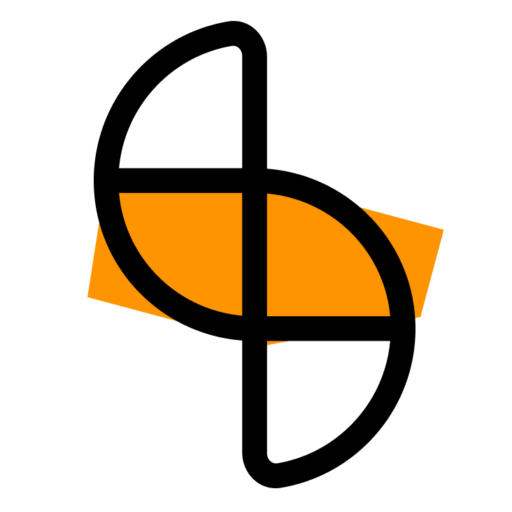2 years back, I wrote a newsletter titled ‘Be a generalist’.
“In a world full of specialists, be a generalist. Be the person who can create just about anything, solve just about any problem, or if not, know someone who they can work with to solve the problem. It’s liberating.”
Read the newsletter
This still holds.

It’s been six years since I transitioned from architecture to interaction design. The pivot began with a postgraduate degree in interaction design. The course exposed us to all the possible domains to pursue one’s career. Tinkering with hardware, experimenting with (then) emerging tech such as AR / VR, creative coding etc — we dabbled with them all. After the course, I wanted to work in a space where I could apply these emerging technologies to enhance spatial experiences.
Easier said than done.
Diverge
I returned to India and joined Animal, a creative agency based out of India. Being a creative agency, their portfolio comprised visual design, branding, and identity projects. To keep myself relevant to where I was, I did everything it took to move a project forward. Creating illustrations, guidelines, and storyboarding only helped me hone my craft. Whenever website projects came in, it gave me a better edge and helped me approach them holistically. Conventional parts of digital product design took a back seat. I self-taught these with every website project that came my way.

We also built a digital product from scratch. Veu was a platform for hiring photographers for various occasions. Building a digital product was uncharted waters for everyone on the team. However, we pushed through. The product didn’t kick off. We lacked a product-market fit. We didn’t iterate enough on our marketing strategy. We shipped slowly. We didn’t have a roadmap.
However, we tried.
When imposter syndrome hit, I resorted to learning to code. I’d heard that designers should know to code. I started Command Space, an Instagram page where I posted my experiments with processing, P5js and TouchDesigner.
I share this because I believe that had I stuck to my conventional thoughts of what I should’ve been doing just because of my title or role, I wouldn’t have known what else I could be good at. I am glad that I got to diverge and stretch my skills across multiple mediums in the starting years. Exposing myself to various parts of a design process helped me identify the parts I enjoyed the most.
I knew I wanted to grow further into digital product design. It needed to be a place where my work directly impacts business metrics. A place where we ask deeper product questions and seek answers through intense research.
Converge
This led me to join Nykaa, India’s largest lifestyle e-commerce company. Here I worked on research projects that helped us improve the after-purchase experience. The help center redesign was a direct initiative that stemmed from this research.

Besides the above, the role allowed me to shine in a niche but essential pillar of the product design process — design systems.
Design systems are exciting. They’re about building products at scale. They streamline the tedious parts of the design process, thus freeing product designers to do what they do best — solving problems by crafting great experiences. I had the privilege of working on the design system at Nykaa. I maintained UI libraries and built governance models to enable successful contribution and feedback loops so that the design system continues to be living and breathing, shapeshifting as and when the needs of its consumers change.

Working on the design system at Nykaa was the ‘eureka’ moment. This was when I realized that I needed to dive deeper into this. I enjoy working on things that help others work better. And this drive continues to remain relevant. Today, I am building the design system for TM1 – Ticketmaster’s Enterprise product. It completes my transition from ‘generalist’ to ‘specialist’.
Closing thoughts
As I started this article by quoting myself about being a generalist, I want to share why I feel it still holds true. It took a few years of being a generalist to identify what I enjoyed working on the most. Had I not done that, I probably would’ve given up too easily and gotten back to architecture. Having said that, this needn’t be a one-size-fits-all approach to their career. I’d love to know some of your design career trajectories.
Let’s talk
I plan to continue working within the design systems domain. There’s a lot to unpack. The space is constantly evolving with new tools and workflows. It’s an infrastructure that any organization will sooner or later need to invest in. I am happy to speak with individuals interested in advancing their careers in design systems or working towards building one at their current company. If you think I can help with this, let’s talk!

